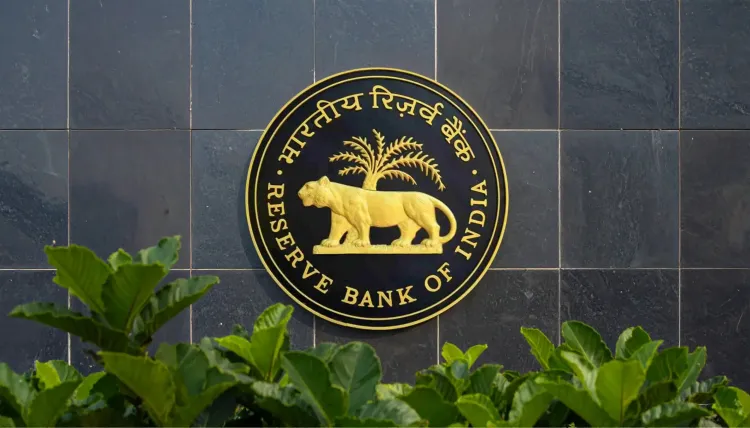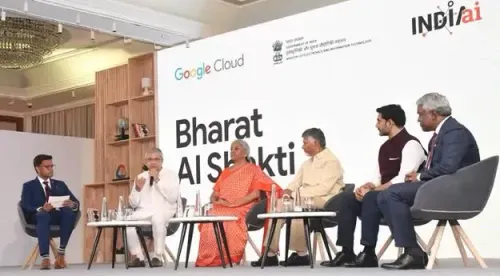Is RBI’s Wait-and-Watch Approach Wise? December Rate Cut Uncertain

Synopsis
Key Takeaways
- The RBI's wait-and-watch policy is prudent.
- A December rate cut is not assured.
- Inflation rates are below the RBI's tolerance level.
- Yes Bank forecasts CPI for FY26 at 2.3–2.4 percent.
- Core inflation rose to 0.6 percent in September.
New Delhi, Oct 14 (NationPress) The Reserve Bank of India (RBI) is adopting a wait-and-watch strategy regarding its monetary policy, which is considered a prudent move, according to a recent report. The dovish tone of the bank indicates potential easing, but a rate cut in December is not guaranteed.
The decision for any further rate reduction will hinge on economic growth conditions. The scope for significant cuts appears to be quite limited, prompting the RBI to possibly maintain its current stance for the time being, as highlighted in the report from Yes Bank.
The analysis asserts that the policy's dovish tone remains intact, suggesting that easing measures could be on the horizon, potentially as soon as December.
Despite current inflation rates being below the RBI's acceptable range and a projected inflation rate of 2.6 percent for FY26, the RBI opted to keep its monetary policy rate unchanged during its recent October meeting.
The policy statement also emphasized that tariff risks to economic growth should be balanced against recent fiscal actions, leading the Monetary Policy Committee (MPC) to await more comprehensive data before making any decisions.
Yes Bank has kept its headline CPI forecast at 2.3–2.4 percent for FY26 and 4.1–4.2 percent for FY27. The bank recognizes that the central bank is likely considering the dangers of excessive easing, which could necessitate a swift reversal if inflation were to unexpectedly rise.
The September CPI fell to 1.54 percent year-on-year, down from 2.07 percent in August. The month-on-month CPI recorded a modest increase of 0.1 percent, while food inflation dipped to -0.5 percent.
Consolidated fuel inflation decreased by 0.3 percent sequentially, with LPG prices remaining stable and electricity costs dropping by 0.7 percent month-on-month.
Core inflation, which excludes fuel, light, pan, and tobacco, rose to 0.6 percent (on-month) in September, up from 0.4 percent in August, driven by increasing costs in gold and personal care products.









